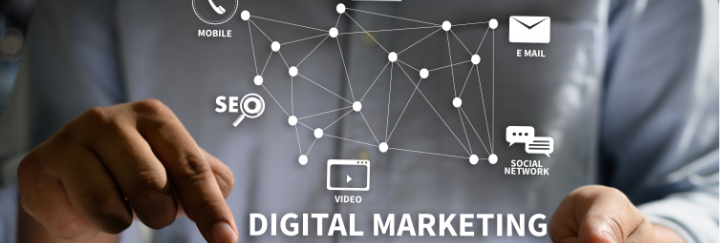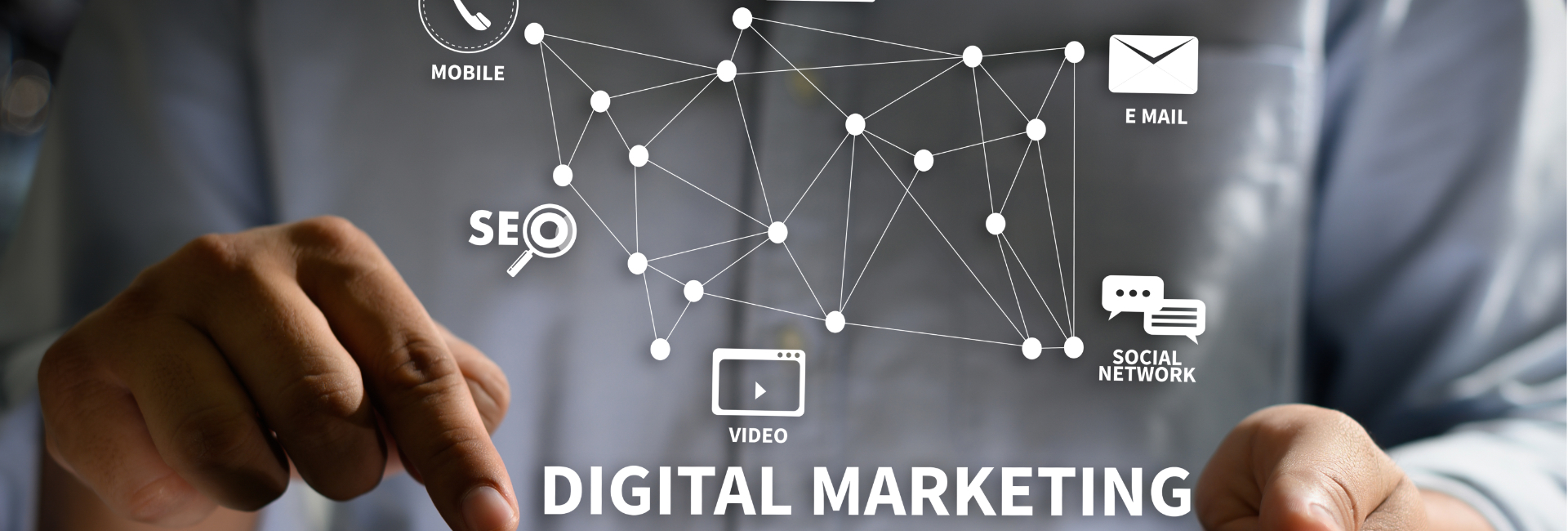

Gaining awareness for a campaign can be tough without the right media. It may be great and timely, but not everyone will know about it if it doesn’t use the proper tools.
Fortunately, there are 10 methods a campaign can use to gain attention.
Social media
Putting the campaign on social media will give it global reach. If shared properly, it can go viral.
One example is Captain Tom Moore’s 100th Birthday Walk for the NHS. It raised £32,796,357 for the National Health Services’ fight against the Coronavirus Disease 2019 (COVID-19). Cpt. Moore’s initial plan was only £1,000.
People were inspired by his story, which was easily shareable on social media.
Email marketing
This method is more personalized than social media posts because the campaign is speaking directly to the recipient. It can also give a more in-depth explanation of the campaign.
Emails can contain hyperlinks to fundraisers, past projects, sneak peeks to future projects, etc. Since it’s an email, the recipient will feel more entitled to read it.
Bulletin boards
People who pass by a bulletin board can share it to others in the community. If that community has an online group, chances are it will be shared there, too.
When it gets the community’s attention, they may share it to others outside the community. It can quickly become a trending topic on social media, increasing the bulletin board’s reach even further.
Online forums
Think about an online forum as a giant bulletin board for a campaign. Most forums are text-heavy because they are designed for people to exchange ideas, so it may not look as good as other social media platforms.
Nevertheless, it gets the job done. It will get people talking about the campaign and, if it’s good, receive personal questions. The discussion can be extended if the forum is shared on social media.
Word of mouth
Getting hype for a campaign is also possible by sharing it verbally to others. It could be their positive experience with the campaign, how to contribute/join, and the people it has helped.
Once the campaign reaches influencers and the media, it could reach more people, who may also share it to other people.
Traditional media
Print, radio, and television. Majority of people still use these as their primary source of news and information. Any campaign can be of nationwide importance thanks to traditional media.
Thanks to the internet, traditional media publish the campaign online.
B/vlogs
Make a campaign more visible by posting it on a blog/vlog. Unlike mainstream media, these are personal and independently produced content. They are not influenced by a network or company, allowing the content to run freely.
Bloggers and vloggers are also influencers. They have the power to persuade public opinion easily.
Online advertisements
A campaign can be advertised on Facebook and YouTube, two of the most common and used social media sites. But it can be found in other websites, which is linked to the website of the campaign.
Ads are usually placed between videos. Sometimes they are unskippable to encourage viewers to watch the entire campaign video.
Brand partnerships
The campaign can have an offline or offline partnership, or both.
Online, the campaign can partner with an influencer, website, or YouTube channel in showcasing it. Offline, the campaign can collaborate with a restaurant, have special promos, or have the promo placed somewhere visible for people to see.
Newsletters
Like bulletin boards, a newsletter caters to a specific audience. They’ll be one of the first to read about the campaign, its intentions, and its impact on society.
If the newsletter has a digital edition, it’ll be easy to share the campaign to others. With enough shares, the campaign could become viral and be picked up by traditional and digital news outlets.
